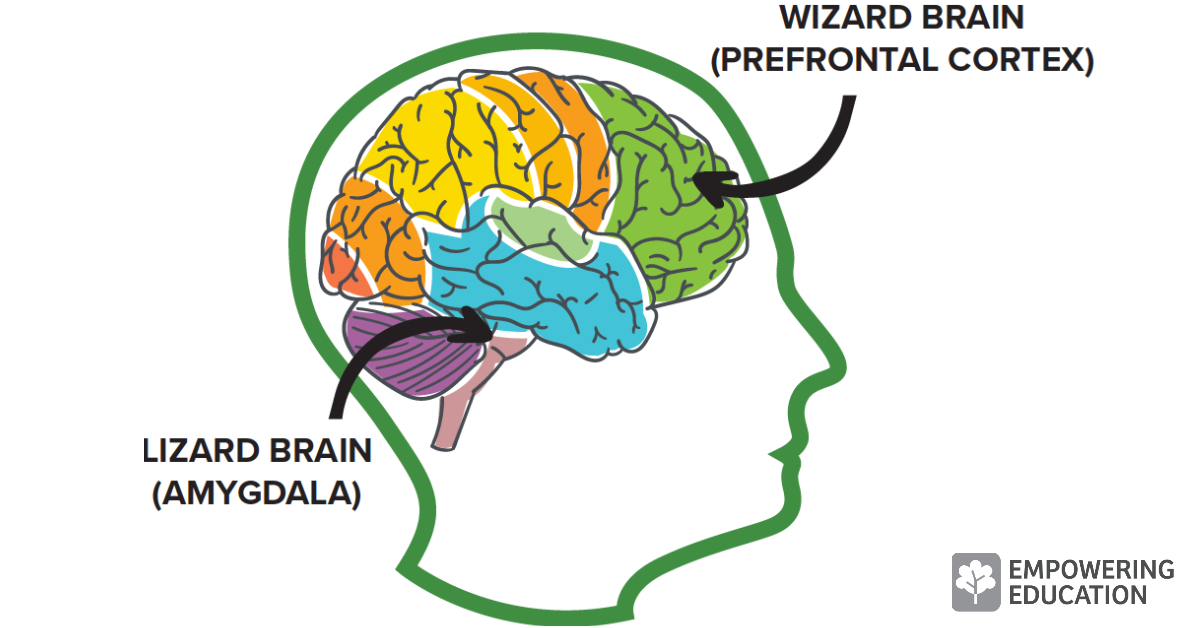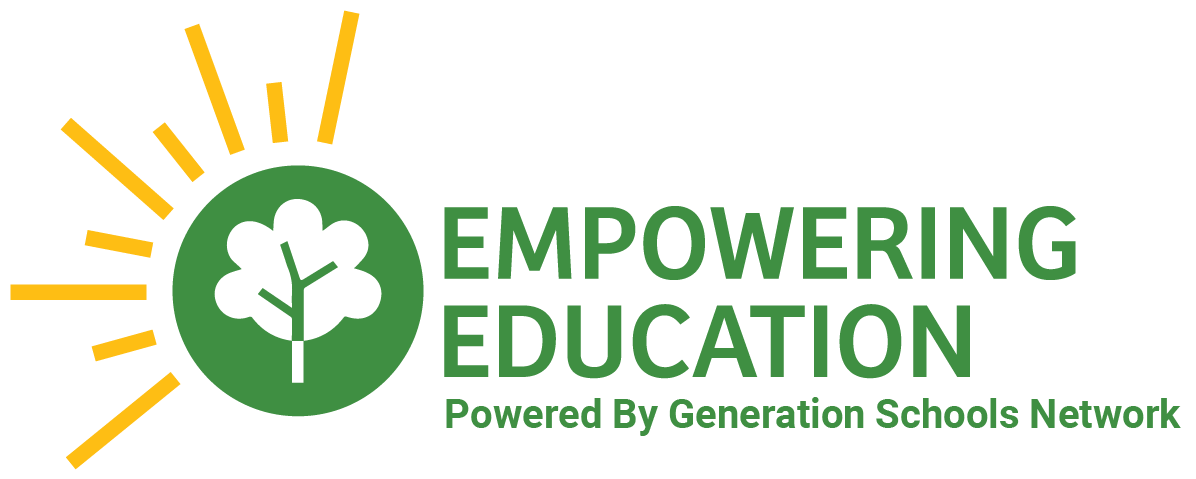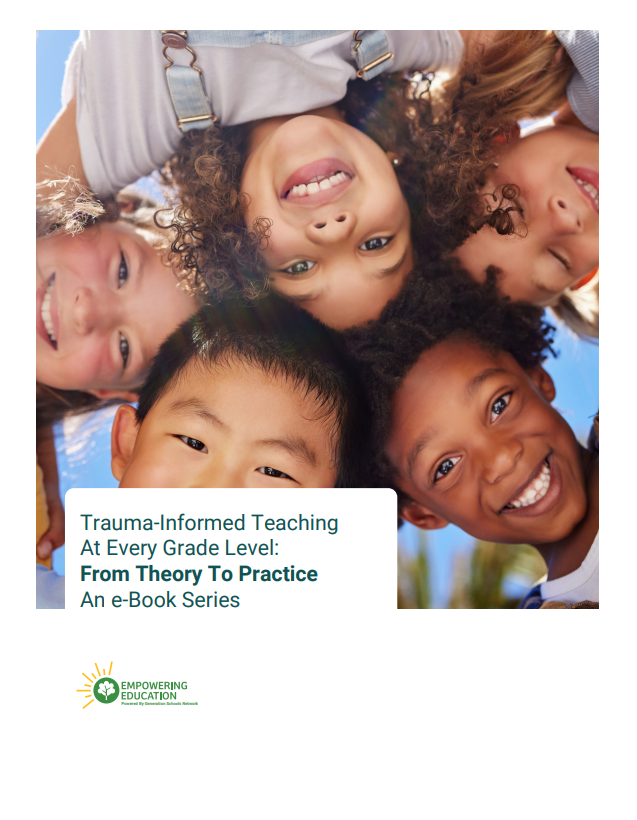Benefits of Mindfulness for Kids
If you're the type of educator like I was a number of years ago, you might immediately feel like mindfulness isn't for you - I invite you to challenge those assumptions. Mindful awareness for children doesn't have to be done in a cross-legged seat. When you try mindfulness in the classroom, you might not feel cool, but remember the amount of research about the benefits of mindfulness for kids in schools!
A Quick Refresher: What’s Mindfulness?
Let’s first understand the vocabulary. What is mindfulness? Mindfulness is the practice of paying attention, on purpose, in the present moment, and without judgment. Mindfulness is learned by focusing attention on one specific aspect of your experience at a time. You might be thinking of a monk meditating on a hilltop but mindfulness is not religious! You can also do mindful walking, mindful listening to music, and so on. Read our full lesson on the brain to understand how these mindful habits benefit children.
The core element of mindfulness is paying attention, typically using the breath. Try it out real quick. After this sentence, notice how you feel. Is your body tense? What emotions do you have? What are your thoughts like? Next, close your eyes or look away from the screen for a moment and take three deep breaths and pay attention. How do you feel now? Hopefully a little bit calmer.
So What Does the Research Say about Mindfulness for Children?
Thousands of scientific articles are published each year on mindfulness and the practical benefits may surprise you. A study published in Developmental Psychology reported 15% better math scores and 24% less aggressive behaviors in elementary students.
Furthermore, studies reveal that mindful breathing and other mindfulness practices are effective methods for increasing positive emotions, focus, memory, attention, and compassion, while decreasing stress and negative emotions. Many new studies have even demonstrated that mindfulness practices boost the immune system, increase the density of gray matter in the brain, and can effectively treat depression, anxiety, PTSD, and obesity. In short, improving your capacity to direct your attention will benefit many areas of your life including sleep, relationships, work, and physical & mental health.
How Does Mindfulness Affect the Brain?
New research on mindfulness indicates that those who practiced breathing consistently were found to have better overall attention. The majority of the research is tied to three parts of the brain:
- Amygdala: where emotions live
- Hippocampus: where central learning and memory happen
- Prefrontal cortex: where decision-making takes place

When kids practice mindfulness regularly, the grey matter in the amygdala shrinks. While we usually think of smaller brains as a problem, here it’s the opposite! Less activity in the emotional center of the brain is correlated with a decrease in stress and fear.
In the hippocampus, where critical learning and memory-forming take place, practicing mindfulness makes the brain more active, meaning more learning is occurring.
Finally, the prefrontal cortex, where the brain makes decisions and controls behaviors, becomes more activated leading to stronger executive functioning skills such as planning and problem-solving.
The benefits of mindfulness for kids affect the whole body as well! In addition to the brain boost of meditation, positive changes occur in the gut, heart, and all over.

Overall, there are positive impacts of practicing mindfulness related to brain development. That’s why we made mindfulness an integral part of the Empowering Minds program. We even teach kids explicitly how mindfulness impacts the brain!
I’m a Teacher or Parent (or Both!), Why Should I Care About Mindfulness?
We know adults and kids are stressed out. Teenagers have higher levels of depression and anxiety than ever before. When students learn how to use mindfulness, they are ready to effectively manage stressful situations by acknowledging their emotions and making responsible decisions.
Bethune, S. (2014). Teen stress rivals that of adults. American Psychological Association.
Burke, C. A. (2009). Mindfulness-based approaches with children and adolescents: a preliminary review of current research in an emergent field. Journal of Child and Family Studies.
Desbordes, G., et al. (2012). Effects of mindful-attention and compassion meditation training on amygdala response to emotional stimuli in an ordinary, non-meditative state. Frontiers in Human Neuroscience.
Dickenson, J., et al. (2013). Neural correlates of focused attention during a brief mindfulness induction. Social Cognitive and Affective Neuroscience.
Goldin, P. R., & Gross, J. J. (2010). Effects of mindfulness-based stress reduction (MBSR) on emotion regulation in social anxiety disorder. Emotion.
Hölzel, B. K., et al. (2011). Mindfulness practice leads to increases in regional brain gray matter density. Psychiatry Research: Neuroimaging.
Mrazek, M., et al. (2013). Mindfulness training ipmrpives working memory capacity and GRE performance while reducing mind wandering. Journal of Psychological Science.
Oklander, M. (2015). Mindfulness exercises improve kid’s math scores. Time Magazine.
Wells, C. M. (2015). Conceptualizing mindful leadership: How the practice of mindfulness informs the practice of leading. Educational Leadership Review Doctoral Research.


